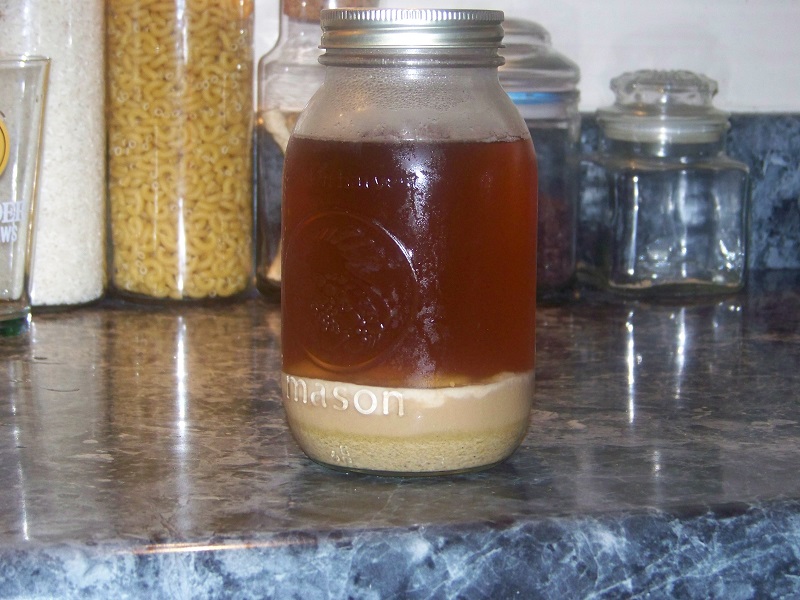slym2none
"Lazy extract brewer."
OK, experimenting with washing some yeast. I bottled my Blonde on Tuesday night, and after I effectively got all the beer off of the cake on the LBK, I dumped about 2 cups of water I had boiled in a Mason jar into the LBK, swirled it around, and poured out everything into the Mason jar.

Now what? This is after two days in the fridge, & I don't see three distinct layers. All I see is diluted wort & trub. Where's the yeast???


Now what? This is after two days in the fridge, & I don't see three distinct layers. All I see is diluted wort & trub. Where's the yeast???




